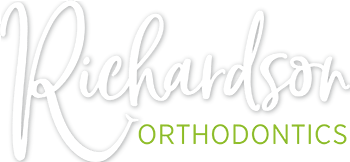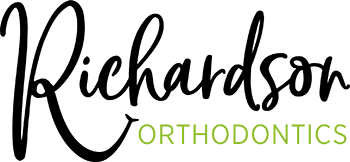Life with Braces – Richardson, TX
Expectations During Your Treatment
Knowing what to expect when receiving orthodontic care of any kind is one of the most pivotal aspects of the decision-making process. Whether you are still trying to decide on the type of braces you plan to wear or are simply waiting to have your metal brackets and wires put into place, your orthodontist at Richardson Orthodontics will make sure you have all the information you need to feel prepared for life with braces. To find out more about what you can do to get started, contact us today.
How Do I Care for My Braces?

Once your braces are put into place, knowing how to take care of them is important. Being able to clean around these new fixtures will ensure your teeth and oral health remain in optimal condition throughout the course of treatment.
A few ways to accomplish this include:
- Maintaining a good oral hygiene routine that includes brushing your teeth twice daily for two minutes and using a soft-bristled toothbrush and fluoride toothpaste.
- Using an electric toothbrush to ensure you reach the smallest areas of your mouth.
- Ensuring your toothbrush is kept at a 45-degree angle for maximum coverage. Using a circular motion, you will be able to clean all surfaces of your teeth.
- Making sure to floss at least once a day. You may need to use a waterpik or special dental flosser to help maneuver around the brackets and wires.
- Incorporating the use of an interdental brush to clean the areas where your teeth meet your gums.
What Foods Should be Avoided?

While it would be nice to eat whatever you like without any worry about how it will affect your teeth and braces, this is unfortunately not possible. There are certain foods you will need to avoid while wearing braces, some of which include:
- Hard bread (rolls, bagels)
- Gum, caramel, or other sticky foods
- Sunflower seeds or popcorn kernels
- Hard fruits or vegetables (cut these into smaller pieces if planning to consume)
- Any type of hard candy or ice
What Happens After Braces?

If you think removing the metal from your mouth is the end of treatment, guess again. There is actually another step you must take to maintain your new smile.
Life after braces requires wearing a retainer. This new metal appliance, although removable, is necessary to keep your teeth from shifting back into their original position. Because you will no longer be seeing “an orthodontist near me” for regular adjustments and wire tightening, you need an oral device that will continue to place a gentle amount of pressure on your teeth to ensure they remain in their new location.
In the beginning, you may be required to wear it all the time; however, over time, you will likely begin to wear it only at night while you sleep. You must remember to follow Dr. Jones’ and Dr. Amerson's instructions on how long to wear your retainer to avoid problems along the way.
How Can I Take Care of My Retainer?

As you become used to your retainer, it will be necessary for you to take proper care of it to prevent it from breaking or becoming damaged.
To do this, you will receive a protective case that you can place your retainer in when not wearing it. You can remove your oral device while eating and cleaning your teeth but be sure to avoid placing it in a napkin, as it might accidentally be thrown away. You’ll also need to make sure you rinse out your mouth before reinserting your retainer to avoid any food particles transferring onto your oral device.
To clean it, all you need is a soft-bristled toothbrush, toothpaste, and lukewarm water. Just be sure never to use hot water, as this can cause it to become warped. It is also necessary that you soak your retainer in a cleaning solution to prevent a foul odor from developing.

